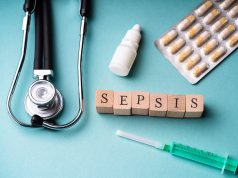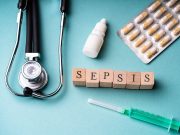40.0 percent of all incident cancer cases, 44.0 percent of cancer deaths in those ages 30 years and older attributable to potentially modifiable risk factors
By Elana Gotkine HealthDay Reporter
MONDAY, July 15, 2024 (HealthDay News) — An estimated 40.0 percent of all incident cancer cases and 44.0 percent of cancer deaths are attributable to potentially modifiable risk factors among U.S. adults aged 30 years and older, according to a study published online July 11 in CA: A Cancer Journal for Clinicians.
Farhad Islami, M.D., Ph.D., from the American Cancer Society in Atlanta, and colleagues estimated the proportion and number of invasive cancer cases and deaths overall and for 30 cancer types that could be attributed to potentially modifiable risk factors among adults aged 30 years and older in 2019. The risk factors included cigarette smoking; secondhand smoke; excess body weight; alcohol consumption; red and processed meat consumption; low consumption of fruits and vegetables, dietary fiber, and dietary calcium; physical inactivity; ultraviolet radiation; and seven carcinogenic infections.
The researchers found that in the United States, an estimated 40.0 percent of all incident cancers (excluding nonmelanoma skin cancers) and 44.0 percent of cancer deaths in adults aged 30 years and older were attributable to the risk factors examined. The leading factor contributing to cancer cases and deaths overall was cigarette smoking (19.3 and 28.5 percent, respectively), followed by excess body weight (7.6 and 7.3 percent, respectively) and alcohol consumption (5.4 and 4.1 percent). The highest number of cancer cases and deaths attributable to these risk factors was for lung cancer (201,660 and 122,740 cases, respectively).
“These findings reinforce that the morbidity and premature mortality from cancer in the United States can be substantially reduced through broad and equitable implementation of known preventive initiatives,” the authors write.
Copyright © 2024 HealthDay. All rights reserved.



















